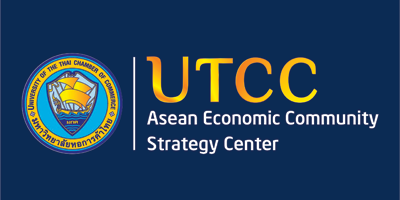Laos: Finance ministry to probe sources of revenue
The Ministry of Finance is re-inspecting and clearly defining sources of national revenue to enable the country to accomplish its 2017 target for revenue collection.
The scheme is in line with the instructions given by Prime Minister Thongloun Sisoulith and Deputy Prime Minister and Minister of Finance Mr Somdy Duangdy, aiming to swell national revenue and minimise the budget deficit.
Deputy Minister of Finance Mr Sila Viengkeo told Vientiane Times on Thursday The scheme will help us to collect all sources of revenue due for contribution to the national budget.
You know that the number of new business units has increased and many people have converted the classification of their land plots (land titles) from agriculture to land used for construction or business purposes. It is important that we know about this and can collect the proper amount of tax.
Mr Sila said the ministry’s leaders had been to every province except Xaysomboun to explain the government’s instructions and formed teams to inspect sources of revenue.
Over the past four to five years, Laos has experienced a revenue shortfall, further escalating budgetary tensions and affecting economic growth and national development.
The revenue shortfall is linked to a lack of clear sources of revenue and loopholes in revenue collection that need to be addressed.
According to a government report, revenue collected over the past 10 months of the 2015-16 fiscal year amounted to only 15.71 trillion kip, equal to 66.5 percent of the figure stated in the annual plan approved by the National Assembly. Budget expenditure amounted to 24.29 trillion kip, equal to 78 percent of the plan. The government expected to collect about 22.5 trillion kip for the whole fiscal year, equal to 95.17 percent of the plan.
In 2017, the government plans to collect revenue of 23.94 trillion kip and to spend 32.4 trillion kip, so it is critical to clearly identify the sources of that revenue.
In August last year, Prime Minister Thongloun told the finance sector to investigate the facts concerning revenue sources so that the budget would be more accurate.
Mr Thongloun also referred to a case of corruption at Dao Heuang Market in Pakxe district, Champassak province, which occurred in June when tax officials lied about the number of market stalls.
The market contained 515 stalls but officials reported that only 235 existed for the purposes of tax collection.
The problem was revealed when a fire broke out at the market and market operators reported the true figure to the governor for compensation purposes.
Mr Sila said revenue collection had increased in some sectors, particularly monies collected from taxes and state assets.
The Ministry of Finance also agreed that it was important to use electronic systems in revenue collection to achieve transparency and to help close loopholes that facilitated corruption by officials.
Source: http://www.vientianetimes.org.la/FreeContent/FreeConten_Finance_12.htm


 Thailand
Thailand




